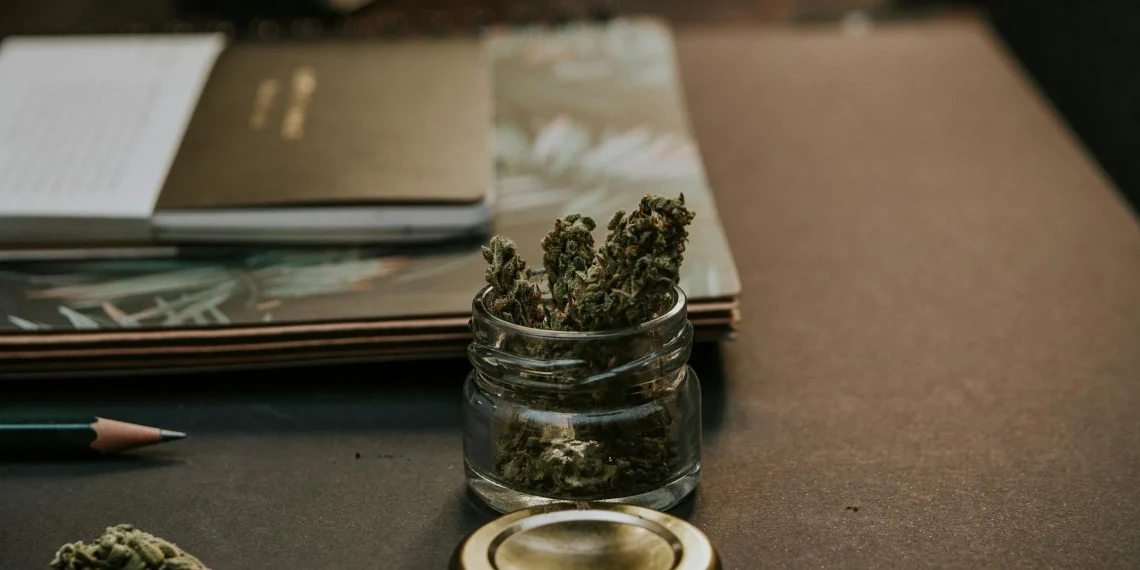Cannabis-based plants have garnered significant attention across the globe, igniting discussions around their medicinal benefits, legal status, and cultural implications. Once stigmatized and shrouded in controversy, these versatile plants are now at the forefront of research and innovation, revealing their potential to alleviate various health issues. Cannabis is much more than a recreational substance, and here are 6 facts to know about these plants — look no further!
Strain Diversity
The diversity within cannabis strains is vast, with each variety offering unique characteristics and effects. Strains are typically classified into three main categories: indica, sativa, and hybrid. Indica strains are known for their relaxing and sedative effects, ideal for evening use or for alleviating insomnia and anxiety. On the other hand, sativa strains like Candy Rain tend to provide uplifting and energizing effects, often suitable for daytime activities. Hybrids combine traits from both indica and sativa, allowing for tailored experiences. Know that each strain may affect individuals differently, and exploring various options is key to finding the right fit.
Medicinal Properties
Thanks to its many active compounds, cannabis has been found to have various medicinal properties. The most well-known are tetrahydrocannabinol (THC) and cannabidiol (CBD). THC is responsible for the psychoactive effects of cannabis, whereas CBD does not produce a high but offers potential therapeutic benefits such as pain relief, anti-inflammatory effects, and more. These cannabinoids interact with our body’s endocannabinoid system, which aims to regulate functions like sleep, mood, appetite, and pain perception. Research into the medical uses of cannabis is ongoing, with promising results for conditions like epilepsy, multiple sclerosis, chronic pain, and cancer-related symptoms.
Legal Status
In some countries and states, cannabis has been fully legalized for both recreational and medicinal use, leading to the establishment of regulated markets that promote safe access for consumers. Conversely, other regions maintain strict prohibitions, treating cannabis as an illicit substance with severe penalties for possession and use. This patchwork of laws creates challenges for researchers and patients seeking to benefit from cannabis’s medicinal properties.
As evidence of its therapeutic potential continues to grow, many advocates are pushing for reform to align legal frameworks with scientific understanding so that more individuals can safely access this plant.
Entourage Effect
The entourage effect refers to the phenomenon where the various compounds found in cannabis, including cannabinoids, terpenes, and flavonoids, work synergistically to enhance the overall therapeutic effects of the plant. It’s a concept that suggests that the combined effects of these compounds may produce a more significant impact than any single compound alone.
While CBD is known for its anti-inflammatory properties, certain terpenes such as myrcene and limonene may enhance its efficacy and provide additional benefits, like improved mood and relaxation. Once you’ve found a suitable strain, consider trying different consumption methods, like smoking or using oils and tinctures, to experience the full potential of the entourage effect. As research continues to support this theory, it emphasizes the value of exploring full-spectrum and broad-spectrum cannabis products for those seeking to maximize their medicinal benefits.
Historical Use
Archaeological evidence suggests that its use dates back to ancient China, where it was used in traditional medicine to treat ailments and as a fiber source for textiles. Similarly, ancient Egyptians documented the plant’s use for its therapeutic properties, incorporating it into their medical practices.
Throughout history, cannabis has been viewed through different lenses; in some societies, it was revered as a sacred plant, while in others, it faced prohibition and stigma. In modern times, its medicinal potential has brought about a shift in attitudes towards cannabis, resulting in increased acceptance and legalization in many parts of the world.
Sustainable Resource
Aside from its medicinal and recreational uses, cannabis plants also have significant environmental benefits. As a fast-growing crop that requires little water or pesticides, it can be cultivated sustainably and has the potential for use in various industries, such as paper production and biodegradable plastics.
Furthermore, hemp – a variety of cannabis with low levels of THC – is an excellent source of plant-based protein and can be used to make nutritious foods like hemp seeds, milk, and oil. Nowadays, sustainability continues to be at the forefront of global concerns and the potential for cannabis-based plants to contribute positively to environmental efforts is significant.
The legal landscape is changing, reflecting growing acceptance and recognition of its therapeutic potential. By embracing the complete benefits of cannabis, including the entourage effect and environmental sustainability, we can pave the way for informed discussions and enlightened policies. Thanks to ongoing research and innovation, we can expect to uncover even more fascinating facts about cannabis in the years to come. So next time you hear someone mention cannabis, remember that there’s much more to this plant than meets the eye!







